The ancient civilization Sindhu/Indus/Hindu/India- steeped in arts, culture, administration and most of all science and a great reserve of natural resources, became a lucrative target for marauders who converted or killed and either way, plundered, pillaged and ruled for a thousand years. What has been compiled in Thoughts for Change: We Can Do It, by two of India’s accomplished Missile-Men, is an important motivating reminder and a wake-up call to present day Bharat.
Particularly at a time when India’s political scenario is brimming with corruption and scams, its achievements in information technology and aerospace engineering/rocket technology should inspire India’s large community of youth - to whom the book has been dedicated - and who, it is hoped, will influence India’s political leadership to straighten its spine and make the nation break out of its reputation of being a soft state and become a country to be reckoned with.
That means, a nation which has the requisite technology with economic clout and weapon systems and equally importantly, the will to use the appropriate conventional ones at least whenever necessary and not repeatedly hesitate to retaliate when attacked so as “not raise the level of confrontation” and thereby become a laughing stock not only of its adversaries but of the world at large. And not only a laughing stock but one with which becomes too frequent a target to be attacked not only on its borders but throughout inland too.
In this book spread over five parts, the authors have covered a wide array of subjects not only related to their field, but also those under the gamut of science and technology The first part, Dynamics of Change begins with the scientific temper and specialization of a number of Indian sages and scholars of India’s ancient period of a prosperous and cultured civilisation living in well-planned cities and some of the discoveries and inventions of these great minds, which revolutionized science, beating the western world hollow by some centuries. This chapter also goes into the great obstacles placed before India by way of western regimes of denial of the fruits of the industrial revolution and the ensuing technological progress in the pre-Independence era and sanctions in the post Independence period , which Indian scientists were able to circumvent by their ingenuity to indigenize.
Part 2, titled Mission Mode Programmes and Technological Push, covers science and technology which enabled the Green Revolution, Operation Flood (milk production), industry initiative, nuclear energy, space venture, missile projects, IT and the pharma industry.
Part 3 –Futuristic Technologies-is the longest one spread over 170 pages, which begins with Technology Through Ages, Bio and Nanotechnologies and their Convergence, Robotics, Sensors Technology, Materials and Processing, Nuclear Energy, Space, Missile Technology, Ballistic Missile Defence System (BMDS), Cruise Missile BRAHMOS, Hypersonics, Emerging Battlefield Tecnologies-C4I2SR and Green Technologies. It is worth mentioning that on 17 June 2013, Defence Research and Development Organisation (DRDO) announced that the BMDS produced by it has is capable of countering missiles with ranges of upto 5000 kms.
BrahMos, developed jointly in a strategic partnership between India’s DRDO and Russia’s NPO Mashinostroyeniya, is a stealth cruise missile with a range of 290 km and a speed of Mach 2.8 to 3. Dr. Sivathanu Pillai, CEO and MD of BrahMos Aerospace was recently quoted in media saying: "We take pride in the fact that BrahMos, world's only supersonic cruise missile, a symbol of Indo-Russian co- operation, where India provided the guidance, avionics, software and airframe components, etc, has been successfully delivered to both the Indian Navy and the Indian Army and the aerial version for the Indian Air Force too shall be ready in few years time….The equivalent of BrahMos is yet to built. And, in the next 20 years, it cannot be intercepted by an enemy.”
Part 4, Technology Spin-offs to Society, begins with a blurb of quotes by Dr. Abdul Kalam expressing his rising levels of elation following the successful orbit of India’s SLV-3 (satellite launched vehicle) in July 1980; test firing of intermediate range ballistic missile Agni in May 1989; India’s “five nuclear experiments” in May 1989. His last quote is indeed touching: “When I saw happy tears rolling out from the eyes of the parents of a polio-affected child, on seeing him walking after the fitting of lightweight caliper developed from missile technology-it gave me bliss.” The spin-offs covered in this part are from nuclear, space and defence technologies. And some of these spin-offs have proved to be invaluable to medicine, particularly in orthopedics and dental implants, prosthetic devices, acoustic detector for detecting noises from debris and many others.
Part 5, begins with the English translation of a verse titled Youth by Jalaluddin Rumi, the 13th Century Persian Sufi poet, followed by observations on India’s growth and appropriate recommendations for what India should become by 2020 and beyond. However, all the desirable aims will be achievable only if corruption can be considerably reduced, as its total elimination does not seem possible-worldwide - as it is an old virus of human nature.
Dr. Homi Jehangir Bhabha, the brilliant visionary scientist has been quoted in the book: “The acquisition by man of knowledge of how to release and use atomic energy must be recognized as the third epoch of human history. He beat Independent India’s first government by four years, when in 1944, he set up the Tata Institute of Fundamental Research and the Trombay Atomic Energy Establishment (now named after him) both of which became the hub for development of India’s nuclear weapons.
In an interview with the Manchester Guardian in 1965, Zulfikar Ali Bhutto said if India built the bomb, "we will eat grass, even go hungry, but we will get one of our own." In May 1974, India announced the testing of a Peaceful Nuclear Explosive. What deserves being mentioned is the very effective secrecy of both of India’s nuclear tests of 1974 and 1998, which accentuated the shock waves after they were announced. In his book Weapons Of Peace: Secret Story of India's Quest to Be a Nuclear Power, (Harper Collins), Raj Chengappa provides glimpses of both the 1974 and 1998 tests. Although Pandit Jawaharlal Nehru founded the non-aligned movement, and generally promoted disarmament efforts, Chengappa cites his biographer S. Gopal stating in 1997 that Nehru actually opposed complete abolition of nuclear weapons [Chengappa 2000, pg. 83], and supported Bhabha's plans for developing an Indian nuclear weapons option (http://nuclearweaponarchive.org/India/Bhabha.html). Also, according to Chengappa, in1974, besides Indira Gandhi, only two of her advisers P.N. Haksar and D.P. Dhar were kept informed.The then Defence Minister Babu Jagjivan Ram, also out of the loop, came to learn of this test after it was conducted. The then Minister of External Affairs Swaran Singh was given 48 hour advance notice. Apart from the 75 civilian scientists, only General GG Bewoor, the Army Chief and the Western Army Commander were kept informed. For the 1998 test, Chengappa mentions about Colonel Gopal Kaushik, commanding officer of Indian Army’s 58 Engineer Regiment, who wrote in his daily report: "... Jan 1998, Dummy exercise carried out. More tomorrow." The 58 Engineers were specially chosen for the crucial task of maintaining the shafts in which India's nuclear devices would be tested. They were told to take all measures to ensure total secrecy. So effective were the regiment's tactics that when India carried out five nuclear tests in May 1998, it went down as one of the CIA's biggest intelligence failures.
While India’s atomic-space-rocket-missile accomplishments are indeed commendable in developing the technology, strategic deterrence can only be achieved after optimum levels of production and deployment. And while India must forge ahead with production of its missiles, it must not neglect regaining and maintaining its edge in conventional weapons, on which it is at an all time low. Further, India must also shake out of its known mode of a soft state and strive to develop the political will to acquire the requisite level of force and send the message that it will effectively be used, if attacked.



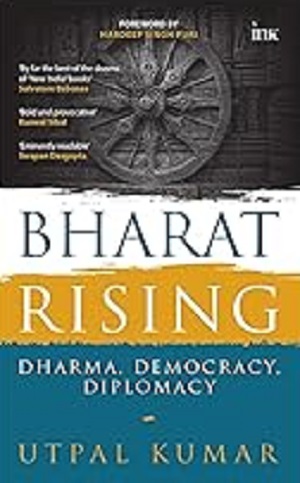
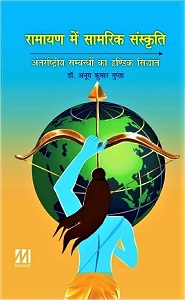
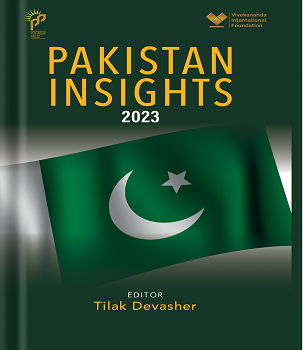
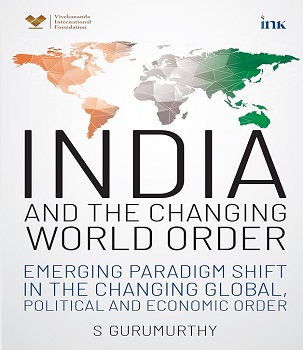
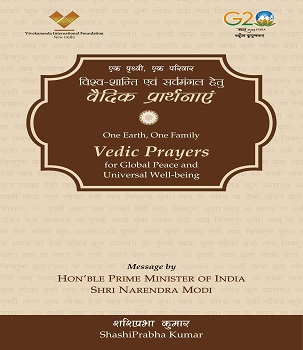
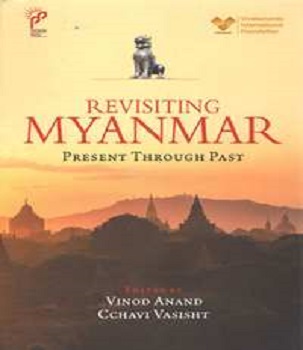
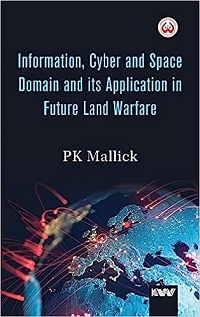
Post new comment